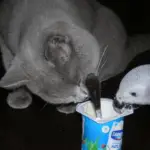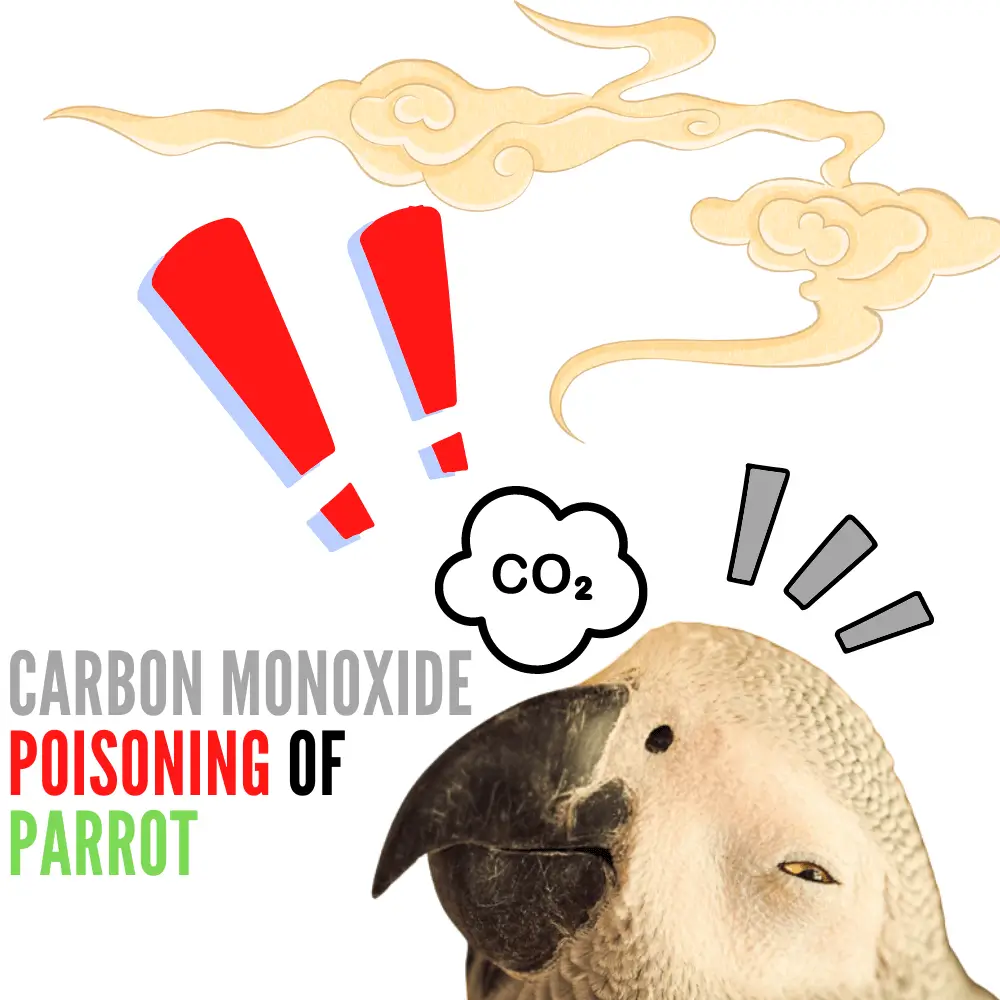
What is Carbon monoxide poisoning of parrot? and what are the Symptoms of carbon monoxide poisoning in birds
Four risky situations
Situation 1
Charlot the Amazon is very lucky. His human family is leaving for California and he will be on the trip. He will see some of the countries! For three months, the parrot will live in a new cage installed in the large family caravan. What a great trip ahead.
Situation 2
What could be more fun than taking a pleasure boat ride? The whole family wants to go, including Dan, the pionus. He knows the behavior of his masters and he knows very well that they are preparing for a boat trip. They better not forget it, Dan is crazy about these outings. When the boat is in motion, its cage is placed in the cabin. Too much wind, it depicts his parrot … When the machine stops, the bird’s cage is mounted on the bridge. Dan loves to doze off to the sound of lapping water.
Situation 3
The evening is cool. It does not take more for François to decide to make a fireplace. The flame is activated and a gentle heat envelops the room. The cage of the house cockatiel is moved closer to the hearth. the parrot seems to like this warm atmosphere.
Situation 4
Pierrette had long wanted to cook with a gas stove. There she is now content. She had one installed in her new, completely renovated kitchen. She intends to cook more often. Yaki the Quaker won’t complain. He likes to taste all his delicious meals.
Symptoms of carbon monoxide poisoning in birds
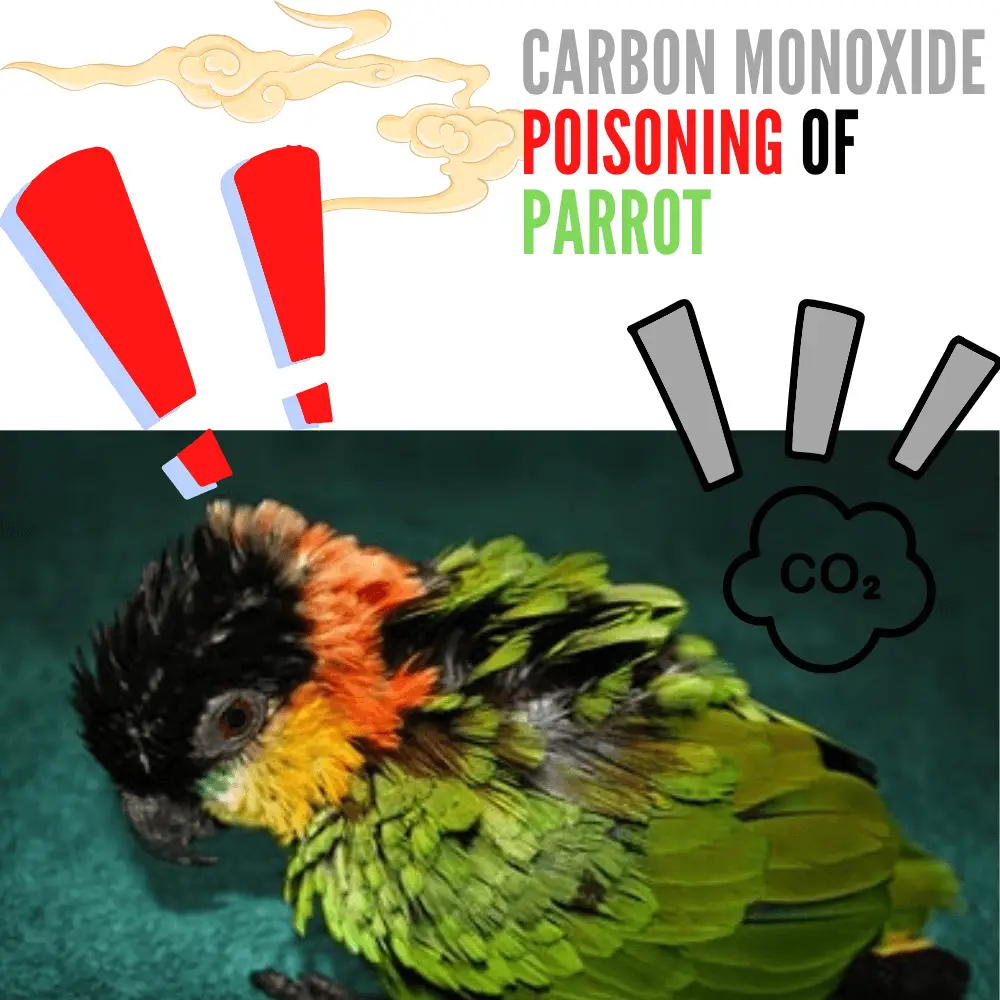
* Lorsque le gaz est présent en quantité importante, il conduit à une intoxication aiguë. Les signes apparaissent en quelques minutes à quelques heures selon la concentration : l’animal présente de l’abattement et des vertiges, avec une démarche anormale. On peut noter des nausées et des vomissements. Dans les cas graves surviennent des convulsions, puis un coma. Mais le gaz n’est pas irritant, il ne pique pas et il ne fait pas tousser.*
Canary birds are used in mines to detect toxic gases
SOURCE:DiD YoU KnoW
What do these four situations have in common?
Answer = There is a possibility that the parrots and humans involved could come in contact with a very dangerous gas, carbon monoxide.
Carbon monoxide is extremely dangerous to breathe. It does not damage the lungs but it dramatically decreases the efficiency of oxygen transport by the blood. Compared with oxygen, it is about 250 times easier for it to take place on the red blood cells. Breathing in a sufficient quantity, therefore, means that the red blood cells end up saturated with carbon monoxide, thus depriving the body of oxygen.
The cells can no longer breathe and death follows. Carbon monoxide is a sneaky gas because it is absolutely odorless, colorless, and tasteless. It is impossible to detect in the air by relying on our senses alone. People with lung or heart disease, children, pregnant women, and animals are particularly susceptible to poisoning. Caution with this gas is therefore required and knowing the potential sources of emissions is imperative in order to quickly recognize risky situations.
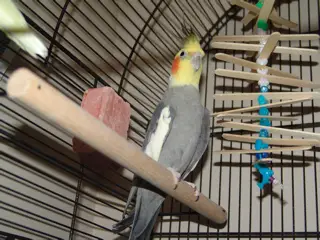
Carbon monoxide is produced during the incomplete combustion of carbon-based fuels: gasoline, natural gas, oil, kerosene, wood, etc. Engines, gas stoves, wood fires, and oil burners, to name a few, produce carbon monoxide as combustion waste.
Dangerous amounts of the gas can build up when the devices involved are improperly installed, poorly maintained, damaged, or if there is poor ventilation where they are used. Exhaust gases from motor vehicles are particularly dangerous. Deaths of poultry were noted during their transport by truck because the exhaust gas accumulated in the rear compartment where they had been placed. A rusty and openwork car floor in combination with an old and faulty exhaust system can quickly turn the car interior into a death trap.
Note that carbon monoxide can also build up inside new cars under certain conditions. A poorly maintained house chimney does not allow good gas evacuation when a fireplace is lit. The flame of an orange-colored gas stove indicates a problem. A blue flame, however, is not the absolute guarantee that no carbon monoxide is produced. Note that carbon monoxide can also build up inside new cars under certain conditions.
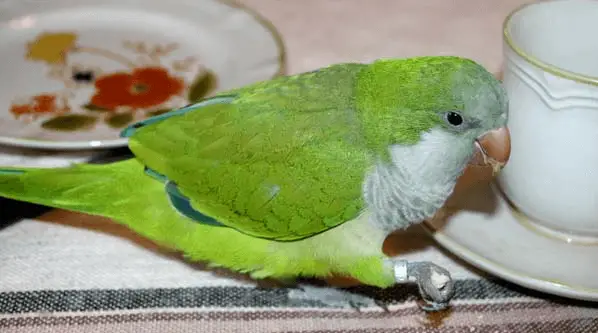
A poorly maintained house chimney does not allow good gas evacuation when a fireplace is lit. The flame of an orange-colored gas stove indicates a problem. A blue flame, however, is not the absolute guarantee that no carbon monoxide is produced. Note that carbon monoxide can also build up inside new cars under certain conditions.
A poorly maintained house chimney does not allow good gas evacuation when a fireplace is lit. The flame of an orange-colored gas stove indicates a problem. A blue flame, however, is not the absolute guarantee that no carbon monoxide is produced.
Insufficient concentration and carbon monoxide rapidly kill humans and animals. If it is present in small amounts, symptoms of malaise appear in humans: difficulty breathing, headaches, and fatigue. As the concentration increases, incoordination occurs, nausea, convulsions and eventually death occurs.

Birds react more strongly to these same concentrations. Their respiratory system is fragile and they often die before showing signs of intoxication. However, if you suspect that your parrot is poisoned ( symptoms: depression, drowsiness, and difficulty breathing ), move them to another location immediately. Make sure he is breathing fresh air. Go quickly to the vet. He will need specialized care. Oxygen is quickly given to the bird.
Sometimes breathing assistance is needed by placing a tube in the windpipe or in an airbag. If the parrot is conscious, a mask does the trick. The patient is kept in intensive care (calm, heat, fluid therapy, feeding by gavage, antibiotic/antifungal coverage, and even blood transfusion if required ) for the necessary time.
However, it is rare for a vet to have to treat a poisoned bird because as mentioned above, the vast majority of poisoned parrots die long before they get to the vet. If, however, a lucky individual made it out, they still didn’t come out of the woods. Complications affecting the nervous system are possible: more or less severe paralysis, loss of vision, muscle spasms, and tremors. These symptoms will often remain permanent.
Prevention tastes much better. We could not do without a conventional smoke detector. So why aren’t the majority of homes also equipped with carbon monoxide detectors? Few people think they can get it. Do not hesitate to install it in your house, your caravan, your boat cabin, your chalet, etc. Also have appliances that may produce carbon monoxide inspected regularly to ensure that they are in good working order.
Protecting Parrots with a Carbon Monoxide Detector
SOURCE:Parrot Wizard


